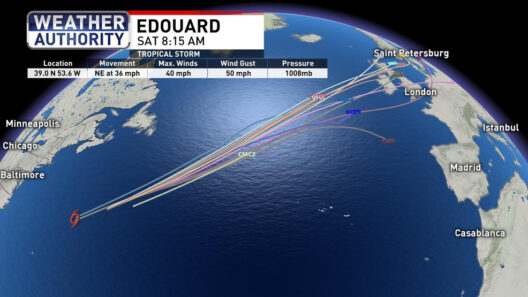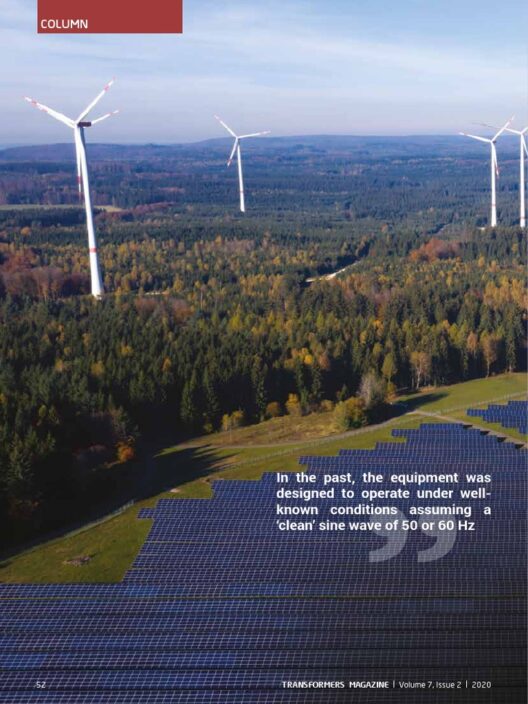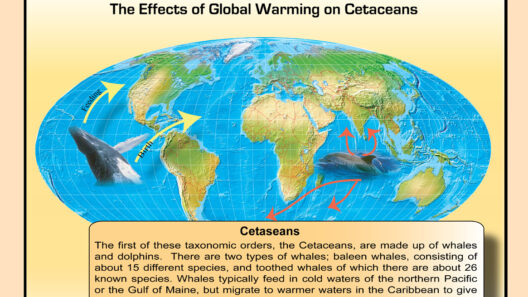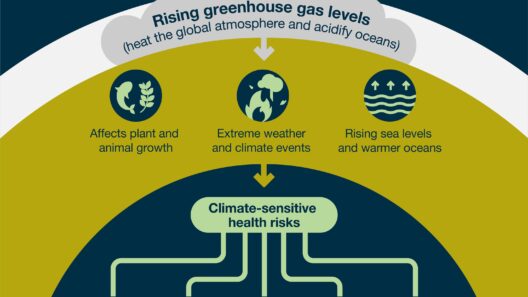Global warming denial can leave many feeling exasperated. How can we effectively engage those who doubt the overwhelming scientific consensus on climate change? Addressing this question isn’t merely a matter of presenting data; it requires strategic communication and an understanding of psychological dynamics. Here’s a comprehensive approach to dealing with global warming deniers and effectively spreading environmental awareness.
Understanding the Psychology of Denial
Before embarking on the task of changing minds, it’s crucial to comprehend the underlying reasons for denial. Several psychological factors contribute to this phenomenon. Cognitive dissonance, for instance, plays a significant role. When faced with evidence contradicting deeply held beliefs, individuals may experience discomfort, prompting them to reject the conflicting information. Additionally, societal influences can shape perceptions. Many deniers are swayed by political, economic, or cultural affiliations that resonate more than scientific facts. This makes addressing the issue more complex than simply presenting evidence.
Engaging in Constructive Dialogue
Initiating conversations about climate change with deniers requires tact and finesse. Instead of adopting an antagonistic approach, strive for a dialogue that invites curiosity. You might pose a playful question, such as, “If the climate is changing and scientists cannot agree on everything, wouldn’t it be prudent to at least consider the possibility?” Questions can provoke thought and open minds. Avoid leading with accusations or alarmist rhetoric; instead, aim to understand their perspective. This doesn’t mean you must agree, but you need to foster a space where they feel heard.
Utilizing Credible Sources
Presenting credible and relatable information is paramount. Instead of bombarding deniers with statistics, provide them with well-researched articles, studies, or documentaries that can be easily digested. Highlighting local impacts—perhaps the recent floods or droughts in their vicinity—can make the threat of global warming feel more immediate and real. Suggesting resources that feature stories rather than dry data can also make climate change resonate on a personal level. Humans are wired for storytelling; narratives can captivate hearts more than graphs can.
Encouraging Critical Thinking
Rather than demanding belief, encourage critical thinking. Encourage deniers to examine the motives behind their viewpoints. For example, you could ask them, “What do you think would be the impact on fossil fuel companies if climate change were universally accepted?” This question can lead to reflections on economic interests versus the scientific truths we face. Through prompts like these, individuals can reevaluate their sources of information and the biases that might influence their conclusions.
Leading by Example
Modeling environmentally friendly behaviors can be a persuasive method of advocacy. When people witness the tangible benefits of sustainable practices—whether that’s through reducing waste, conserving water, or utilizing public transportation—they might be more inclined to consider the underlying science. Sharing personal experiences about implementing eco-friendly habits, such as composting or biking to work, can inspire others to get involved. Leading by example instills a sense of possibility and optimism, in stark contrast to the often overwhelming news about climate change.
Creating a Sense of Community
Community plays an instrumental role in shaping beliefs and attitudes. Forming local groups focused on sustainability can foster discussions around climate without the tensions that often accompany one-on-one confrontations. Encourage collaborative projects such as tree-planting days or community clean-ups. Engaging deniers in collective action not only promotes environmental stewardship but also weaves a sense of belonging around shared values. Within this community, individuals are more likely to challenge preconceived notions collectively.
Leveraging Humor and Art
Humor can be an effective tool in dispelling tension. Art and comedy can simplify complex topics, making them more accessible and engaging. Consider using memes, cartoons, or light-hearted videos that confront climate change denial in a humorous yet thought-provoking manner. These mediums can disarm skeptics, making them more receptive to discussing serious topics. Creativity, after all, captures attention far more effectively than a dry lecture.
Staying Informed and Committed
To mount a successful challenge against climate change denial, it is vital to remain informed and educated. Stay abreast of the latest findings and trends in climate science, and engage with broader environmental movements. This commitment enhances credibility and positions you as a go-to source for accurate information. By being informed, you not only equip yourself to counter misinformation but also inspire others to seek knowledge themselves.
Final Reflections
While engaging with global warming deniers may feel daunting, it is an essential endeavor in the broader battle against climate change. Through empathetic dialogue, credible information, community involvement, and creativity, we can invite individuals to reassess their perceptions and beliefs. However, remember the journey is not linear, and changing minds may take time. With patience and persistence, it is indeed possible to foster a greater awareness of our planet’s pressing challenges and the collective action needed to address them.








